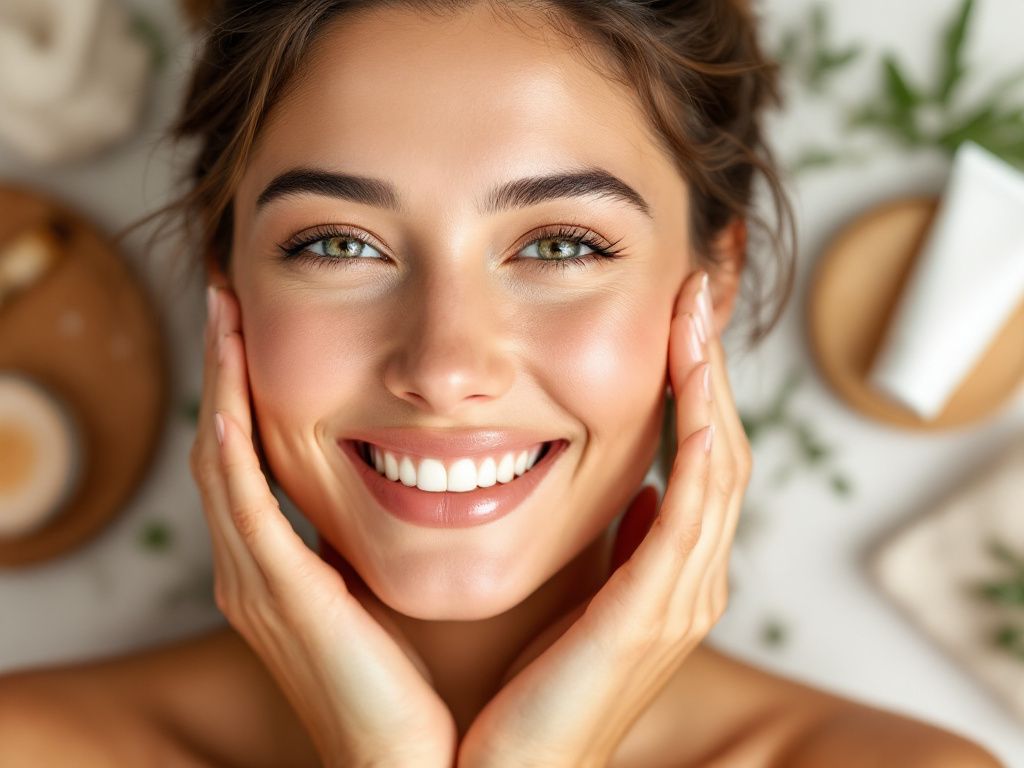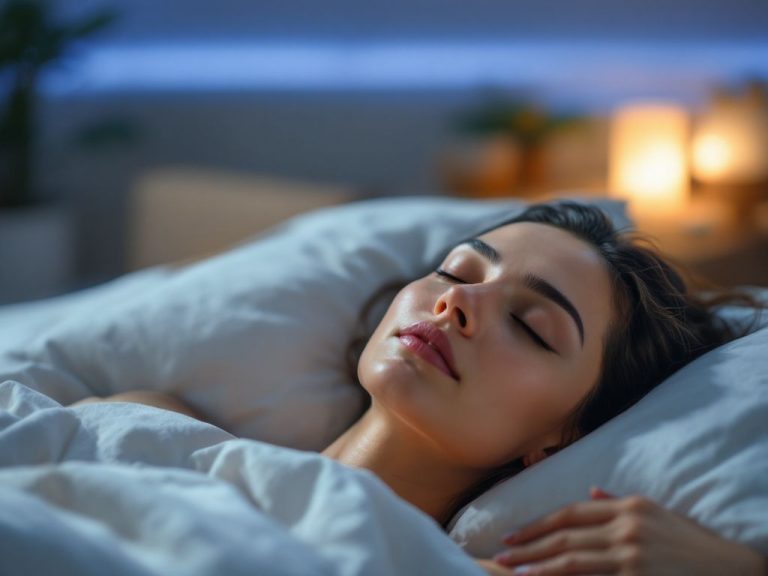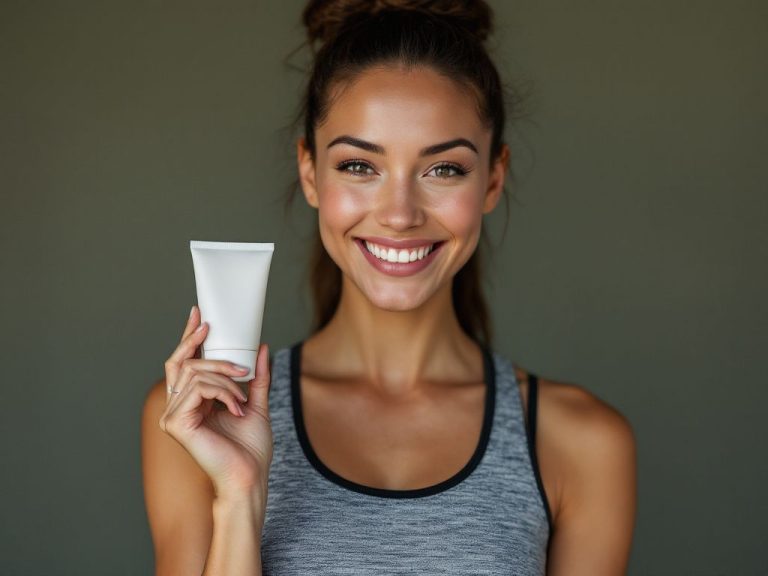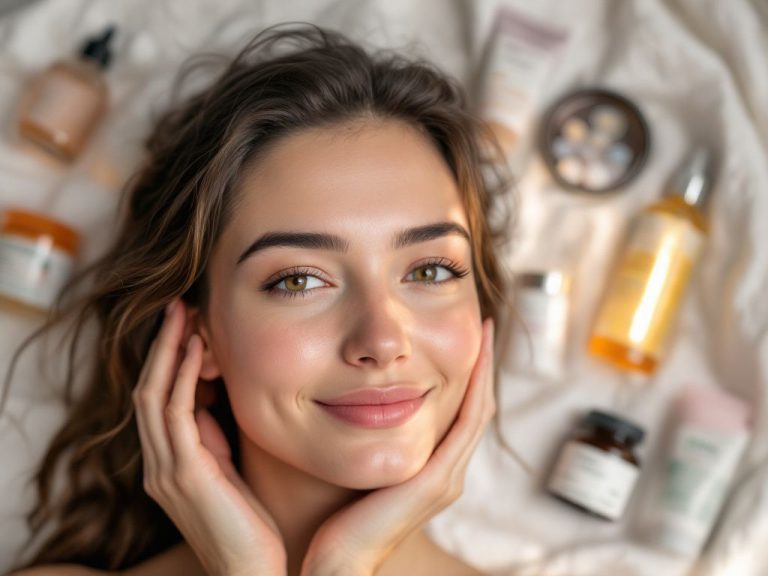Ever look in the mirror and think to yourself, “Why won’t this acne just pack its bags and leave?” Yeah, been there. Figuring out how to make acne go away is like finally finding the last matching sock in a laundry pile—frustratingly elusive yet incredibly satisfying once you nail it. Let’s chat through this muddle with real, actionable ways to get clear skin, minus the fancy jargon.
Table of Contents
ToggleUnderstanding Your Acne
First things first, to truly make acne scram, you gotta know what you’re dealing with. Acne isn’t just one thing; it’s a messy mix of pimples, blackheads, whiteheads, and even those bigger cystic types that hurt like crazy. That eruption on your chin or forehead? It usually shows up for a mix of reasons—clogged pores, excess oil, bacteria, or even hormonal changes. So, next time you’re face-to-face with a new zit, know that your body is just expressing itself a little more vividly than you’d like.
Types of Acne
Navigating through the acne landscape gets easier once you recognize the different species:
- Blackheads and Whiteheads: These are like the starter pack of acne. Blackheads hang around with open pores gathering dirt and turning dark. Whiteheads? They keep everything tucked under, forming a little dome.
- Papules and Pustules: When things get red and inflamed, you get papules. Add some white gunk to the mix, and you’ve got pustules.
- Nodules and Cysts: These tough guys are larger, deeper, and more painful, often requiring a stronger approach.
Keeping these differences in mind helps tailor your clear skin steps specifically.
Getting Started: Building a Routine

Let’s delve into giving your skin what it needs with a routine that says “I got this.” Consistency is your BFF here.
Step 1: Gentle Cleansing
Step into the bathroom and start with a gentle cleanser. Trust me on this one—being too aggressive won’t scare your acne away. It’ll do the opposite.
- Morning and Night: Make cleaning your face a non-negotiable twice-a-day habit. Opt for something that gets rid of extra oil but doesn’t strip your skin bare.
- Ingredient Lookout: Look for cleansers containing ingredients like salicylic acid or tea tree oil which help unclog pores.
Step 2: Treatment Methods
Here’s where it gets real. Depending on your acne type, choose products that contain targeted ingredients.
- Over-the-Counter Treatments: Think benzoyl peroxide for bacteria-killing action or salicylic acid to aid in shedding dead skin cells.
- Natural Options: Love mother nature? Give green tea extract or aloe vera a try. They’re storytellers of calm when it comes to inflammation.
- Prescription Power: If your acne plays hardball, a dermatologist might hand over a prescription for antibiotics or retinoids that pack more punch.
Step 3: Moisturization is Key
Even the oiliest skin hungers for moisture. Reach for a non-comedogenic (won’t clog your pores) moisturizer. Lightweight gel-based ones can be a game-changer, keeping your skin balanced without turning it into an oil slick.
Step 4: Sun Protection
Sunny days are not your enemy, but not using sunscreen is. Limit sun exposure and always slap on a broad-spectrum SPF 30 or higher. Sunscreens aren’t just summer love interests, they care for your skin year-round.

Decoding Lifestyle Influences
As we chase acne into the corner, let’s chat about other areas of life that could be whispering sweet nothings to your pimples. Naturally, diet and stress have massive backstage passes to your acne story.
Diet Dos and Don’ts
- Load Up on Antioxidants: Fruits and veggies are packed with these skin-saviors that fight off nasty free radicals.
- Watch Your Dairy and Sugar: Here’s the thing. Some studies suggest links between these guys and breakouts. It’s not strict science, but cringe tests like elimination diets can help chart any connections.
- Stay Hydrated: It’s straightforward—water drums up a clear complexion. Sip throughout the day and keep dehydration far, far away.
Nail Stress Management
You know those historical battles where nothing good happens unless they ditch the stress? Your skin is kinda similar. Stress throws your hormones a curveball which can lead to acne outbreaks.
- Breathing Exercises or Yoga: Seriously, don’t leave these off until retirement age. They’re proven supporters in reducing stress levels.
- Good Z’s Matter: Quality sleep works miracles. Aim for consistency and turn that phone of yours to “Do Not Disturb.”
- Mindful Moments: Try meditating or just taking moments to disconnect—your skin will thank you by keeping anger at bay.
Common Mistakes to Sidestep

Before you go correcting every single detail of your acne routine, some mistakes are vital to prevent:
Avoid Over-Cleaning
Don’t be too vigorous with washing. It’s less about scrubbing away and more about gentle massage. Overdoing it only spikes oil production.
Hands Off
I know, popping is tempting. But every squeeze pushes bacteria deeper, leading to more prolonged acne stay and potential scarring.
Trial and Error with Products
The frustration can lead to abrupt changes, but patience is higher up the ladder. Products take time, typically a few weeks, to showcase their wonders.
Calling in Backup: When to See a Pro
When your DIY methods feel insufficient, don’t hesitate to check in with a dermatologist. Often they ‘ve seen it all and your life can be improved with habits or medicine only a specialist can prescribe.
They might suggest treatments like chemical peels or laser therapy, which can give acne a definitive rundown under professional care. Think of it as teamwork—sometimes you need an expert hand at bat to succeed.
Tracking Progress
Keep notes or even take progress photos along your acne journey. It’s a brilliant way to see incremental improvements that might otherwise go unnoticed day-to-day.
By now, this game plan has set you up with tangible treatment methods to take on even peevish pimples. In sum, remember that wearing flaws is human, and though patience remains key, armed with the right plan these tools can help you ambitiously tackle the challenge of how to make acne go away.
Witness how those blemishes gradually less and less crash your mirror meet-cutes. Be kind to your skin, consistent, and celebrate every clear skin step you achieve along the way. Relax, revamp, redefine—here’s to clear and confident tomorrows!
Frequently Asked Questions
What causes acne and how can it be treated?
Acne is caused by a combination of excess oil production, clogged pores, bacteria, inflammation, and hormonal changes. Genetics, diet, and stress can also play a role. Treatment options vary depending on the severity and type of acne. Mild acne can be treated with over-the-counter topical medications containing benzoyl peroxide, salicylic acid, or alpha-hydroxy acids. More severe cases may require prescription medications such as topical retinoids, oral antibiotics, or isotretinoin[3][4][2).
How long does it take for acne to clear up?
Generally, once you’ve found an effective treatment option, it can take anywhere from six to eight weeks before your acne fades away. For more severe cases or with consistent professional treatment, it may take several months to achieve significant improvement[1][5][3).
Can diet affect acne?
While diet is not the primary cause of acne, certain foods can make it worse. Foods with high glycemic indexes, dairy products, and sugary or starchy foods might exacerbate acne. Maintaining a diet with low-glycemic index foods such as whole grain breads, fruits, and complex grains can help[1][3][4).
How important is washing my face in treating acne?
Washing your face is important but should be done gently. Over-washing or using harsh products can aggravate acne. It is beneficial to wash your face with water and a gentle cleanser every night, but most cases of acne require more than just keeping the face clean. Avoid alcohol-based astringents and scrubbing too hard[2][3][4).
References







